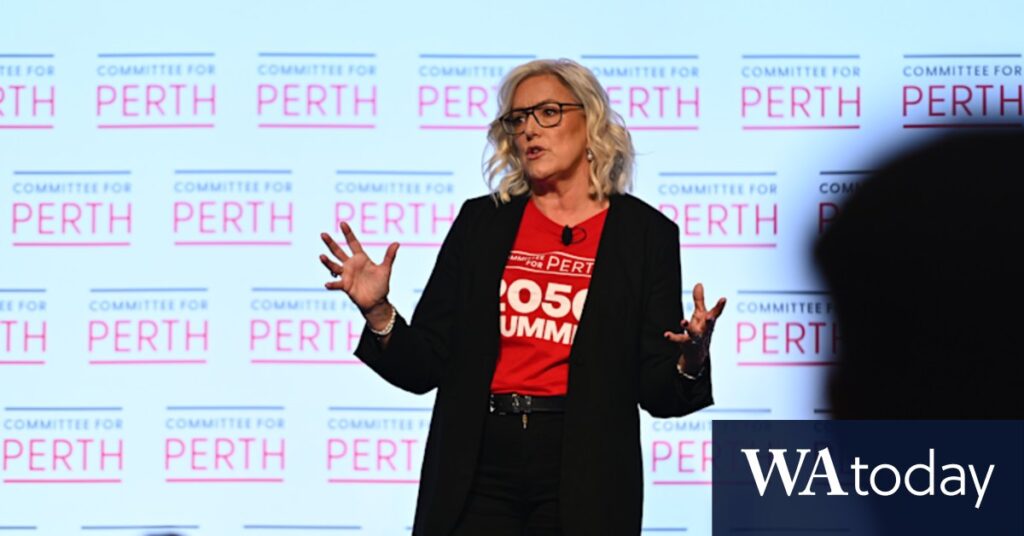
Perth has long anticipated a population surge, but experts now warn that the city could reach 3.5 million residents by 2039, over a decade earlier than previously expected. This accelerated growth poses significant challenges for housing, infrastructure, and climate resilience.
Business and industry leaders convened at the Crown on Wednesday for the Committee for Perth’s 2050 Summit. The event aimed to strategize for Perth’s future as the city braces for rapid demographic changes. The population milestone was initially projected in the Committee for Perth’s 2012 “Towards a Bright Future” report. However, University of Western Australia demographer Professor Amanda Davies highlighted that the city might hit this figure by 2039 due to current pipeline projects and migration trends.
“This is a very plausible scenario, considering the pipeline projects that we have locked in, and the push factors driving migration,” Davies explained. She emphasized that this trajectory would necessitate a swift increase in housing development across the greater Perth region, while also stressing the strain on health and aged-care systems due to an ageing population.
Addressing the Ageing Population
Aged care service Hall & Prior’s chief executive, Graeme Prior, echoed Davies’ concerns, stating that Western Australia is ill-prepared for the impending demographic shift. “One in five Western Australians will be over the age of 65 by 2050,” he noted, urging for substantial investment in aged-care workforce planning and home-based care to avert system overload.
Infrastructure and Climate Preparedness
Energy and Decarbonisation Minister Amber-Jade Sanderson, in her keynote address, called for a shift in mindset to facilitate essential clean-energy, housing, and transport projects. She urged residents to abandon the “not-in-my-backyard” mentality, stating, “Cities don’t change by chance, they change by choice.”
Sanderson also advocated for new laws and regulations to expedite renewable energy projects, emphasizing the collaborative role of government, industry, and communities in driving sustainable development.
Decarbonisation working group chair Julie McKay-Warner pointed out that Perth lacks a comprehensive climate transition plan. “Adelaide has one. Melbourne has one. Sydney has one. Perth needs one,” she asserted, warning that population growth would exacerbate the costs and challenges of delayed climate action.
The Role of Technology and Youth
Artificial intelligence emerged as another critical area of concern. Professor Sharon Parker, an expert in organizational behavior, rated Western Australia as “about five out of 10” in terms of readiness for AI’s impact on jobs and productivity. “About 95 per cent of AI applications deliver no real benefit,” Parker commented, stressing the importance of redesigning work to leverage AI effectively.
Meanwhile, Perth Youth Parliament member Diya Makwana challenged leaders to involve young people in shaping the city’s future. “We are the present, not the future,” she declared. “Don’t give us token roles. Give us a seat at the table.”
Looking Ahead
The summit underscored the urgent need for comprehensive planning and action to address the multifaceted challenges posed by Perth’s anticipated population boom. As the city prepares for this rapid growth, collaborative efforts across sectors and generations will be crucial to ensuring a resilient and sustainable future.





